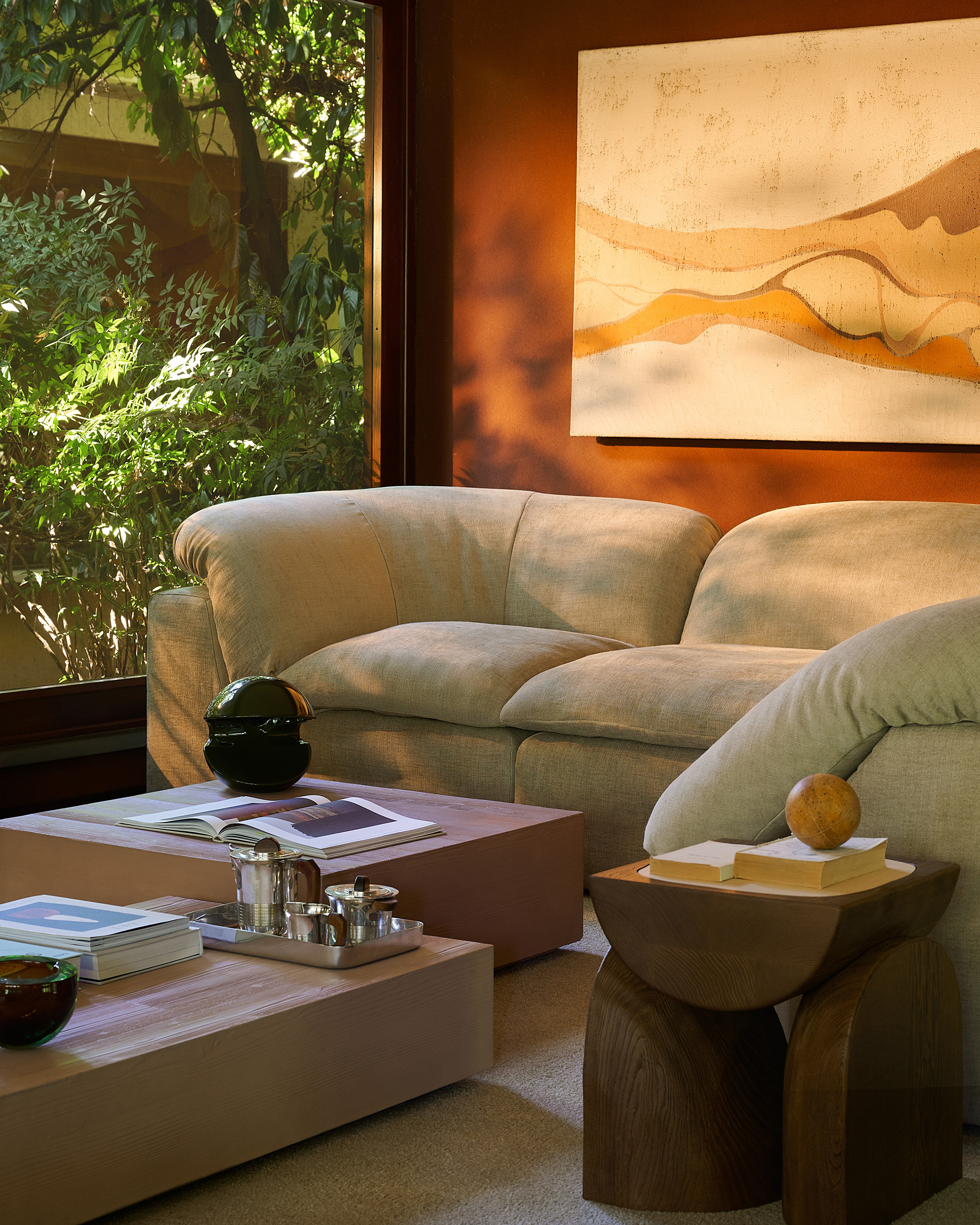Stories: Conversations, Design & Perspectives
Stories
Life and Other Stories
Stories are our passion. We are constantly searching for stories hidden behind forgotten objects in an old warehouse or buried in archives that no one opens anymore. Other times, they are stories waiting to bloom, waiting for someone willing to listen. And we want to listen.
Stories
In Conversation
Every story begins with listening, because behind every object there are persons and it is through dialogue with them that visions, emotions, and traces of memory emerge to be shared.
Explore more
Stories
Design Chronicles
Every object holds a story worth telling. Origins, intuitions, and memories are woven into form and material, ready to reveal themselves to those who know how to listen with passion.
Explore more
Stories
Perspectives
Design is a way of seeing the world, open to memory and future stories alike. Ideas and reflections become seeds of new narratives, growing through research, culture, and imagination.
Explore more













